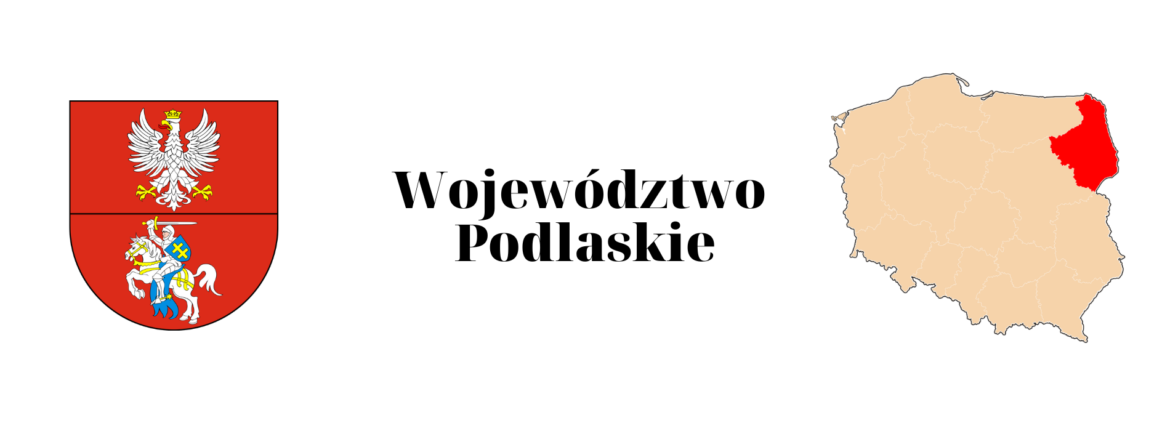Introduction
The Podlaskie Voivodeship, located in the northeastern corner of Poland, is a region that seamlessly blends the beauty of untouched nature with a rich cultural tapestry. From the dense, primeval Białowieża Forest to the bustling streets of Białystok, Podlaskie is a testament to Poland’s diverse heritage and natural splendor.
The Białowieża Forest: Europe’s Last Primeval Wilderness
Stretching across the border between Poland and Belarus, the Białowieża Forest is one of the last and largest remaining parts of the primeval forest that once covered much of Europe. This UNESCO World Heritage Site is a sanctuary for diverse wildlife, including the iconic European bison. As you wander through the forest, you’re transported back in time, experiencing Europe as it was centuries ago. The dense canopy, the whispering winds, and the occasional sighting of rare animals make it a haven for nature enthusiasts.
Białystok: A City of Contrasts and Culture
Białystok, the beating heart of Podlaskie, is a city that beautifully juxtaposes the old with the new. The Branicki Palace, often referred to as the „Versailles of Podlaskie,” is a baroque masterpiece that stands as a testament to the city’s aristocratic past. Meanwhile, the modern-day Białystok pulsates with energy, offering a mix of cultural festivals, theaters, and museums. The Ludwik Zamenhof Centre, dedicated to the creator of Esperanto, showcases the city’s commitment to linguistic and cultural diversity.
A Symphony of Cultures
What makes Podlaskie truly unique is its multicultural tapestry. Over the centuries, Poles, Belarusians, Ukrainians, Jews, Tatars, and Lithuanians have called this region home. Each community has left an indelible mark on the region’s culture, from the wooden mosques of the Tatars to the Orthodox churches that dot the landscape. The village of Kruszyniany, for instance, offers a glimpse into the life of the Tatar community, with its historic mosque and traditional Tatar dishes.
Historical Chronicles
Podlaskie’s history is a saga of kingdoms, wars, and shifting boundaries. Once a part of the Grand Duchy of Lithuania, the region has witnessed the ebb and flow of empires. The Royal Castle in Tykocin speaks of a time when the town was a significant center of trade and culture. Similarly, the town of Drohiczyn, with its historical churches and ruins, narrates tales of bygone eras.
Nature Beyond Białowieża
While the Białowieża Forest is undoubtedly the crown jewel, Podlaskie is replete with other natural wonders. The Narew National Park, known as the „Polish Amazon,” is a wetland paradise, home to a plethora of birds. The Wigry National Park, with its pristine lakes and dense forests, is perfect for those seeking tranquility.

Conclusion
The Podlaskie Voivodeship is more than just a region; it’s a journey through time and cultures. Its vast landscapes, teeming with wildlife, are juxtaposed against cities and towns echoing with stories of the past. Whether you’re trekking through the dense forests, exploring the cultural landmarks of Białystok, or delving into the multicultural heritage, Podlaskie promises an experience that’s both enriching and enlightening.
